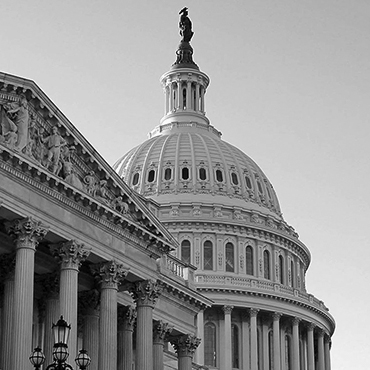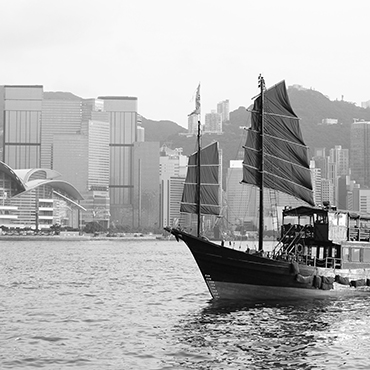COUNTERING CHINESE ENCROACHMENT IN THE PACIFIC
Late last month, National Security Advisor Robert O’Brien announced that the U.S. Coast Guard is planning to send new, fast-response cutters to the Western Pacific to counter China's illegal fishing activities in regional waters. The vessels, which are specifically designed for homeland security and defense missions, will replace the 110-foot Island-class patrol boats used by the Coast Guard around the U.S. territory for the past three decades, with additional ships to be dispatched to undisclosed locations. The cutters will come equipped with four .50-caliber machine guns and a remote controlled 25 mm cannon. "China's illegal, unreported and unregulated fishing and harassment of vessels operating in the exclusive economic zones of other countries in the Indo-Pacific threatens our sovereignty, as well as the sovereignty of our Pacific neighbors and endangers regional stability," O'Brien stated. (Reuters, October 23, 2020; Stars & Stripes, October 27, 2020)
BEIJING DOMINATES THE EV MARKET
With the global market for electric vehicle (EV) development and production expected to grow to $300 billion over the next five to 10 years, all eyes are now on China, which has ramped up battery production and manufacturing capabilities in recent years. Thanks to generous government subsidies and a loosening of restrictions on foreign automobile manufacturers, Tesla began to sell made-in-China cars to Europe in July of this year. With two of the world's largest battery manufacturers (Contemporary Amperex Technology and BYD) accounting for about a third of the global EV market, UBS analysts expect these Chinese firms to increase their share dramatically – from two percent in 2019 to 14 percent in 2025.
However, incentivizing foreign EV companies to manufacture cars in China for foreign export is only one half of China's plan to dominate the global EV market. Marketing firm McKinsey has estimated that "more than a third to almost half of vehicles sold in China and Europe will be battery-powered and plug-in hybrid electric vehicles" by 2030. And with China developing so much of the infrastructure necessary for such a transition, some experts warn the PRC will come to dominate the global EV market. (CNBC, October 22, 2020; Wall Street Journal, October 23, 2020)
U.S.-MEXICO RIVER TENSIONS
The impact of climate change on Mexico's water security has become particularly acute in recent months, leading hundreds of farmers in the Mexican border state of Chihuahua to take up arms against government soldiers guarding the region's La Boquilla Dam. A decades old treaty between the United States and Mexico dictates each country share the flow of the Colorado and Rio Grande rivers. However, rising temperatures and prolonged droughts have put Mexican farmers on high alert, and heightened fears that fulfilling treaty obligations, which are currently in significant arrears, will negatively impact next year's crop production.
The issue has become a foreign policy crisis. Back in February, Mexican President Andres Manuel Lopez Obrador sent members of his country's National Guard to safeguard the release of water from Mexico to the U.S. However, in addition to eventually wresting control of the dam from those troops, Mexican farmers and protestors burned government buildings, took a group of politicians hostage and refused to allow any water from the to flow to the U.S. for more than a month. (New York Times, October 14, 2020)
A START TO DIVERSIFYING STRATEGIC MINERAL IMPORTS
On September 30th, President Trump signed an executive order titled "Addressing the Threat to the Domestic Supply Chain from Reliance on Critical Minerals from Foreign Adversaries." The measure represents an effort to diversify the sources of U.S. imports of critical minerals including barite, gallium, and graphite. Currently, a massive 80 percent of total U.S. imports of rare earth elements originate from China.
While the new Executive Order signals a recognition of America's current position of vulnerability, it nonetheless largely ignores the breadth of China's dominance in the industry as a whole. Indeed, simply funding new sources for the imports will not necessarily limit Beijing's control over the U.S. critical minerals supply chain; Chinese state-backed logistics IT platforms, such as LOGINK, are used by a number of non-Chinese owned ports that the U.S. views as preferred alternatives to those in China. Thus, China's knowledge of the critical mineral supply chains of other countries is even more sweeping than previously thought, and a more creative solution is required to limit Beijing's influence over the integrity of the U.S. supply chain. (White House, September 30, 2020; Real Clear Defense, October 13, 2020)
Want these sent to your inbox?
Subscribe


